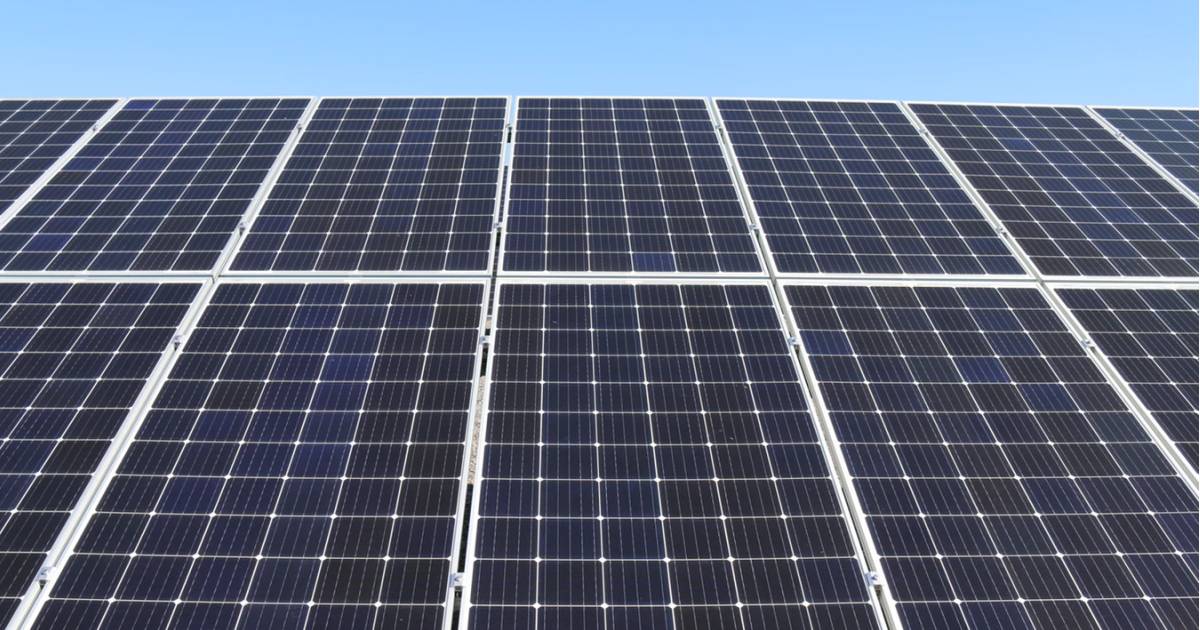
Image: Michael Wilson
New South Wales’ Edward River Council is another step closer to what appears to be its first significant solar power installations.
Edward River Council is a local government area in the Riverina region; formed in 2016 as the result of a merger of Deniliquin Council with Conargo Shire. It covers a huge area – 888,381 square kilometres and has a population of just 8,895; working out to just 0.01 people per hectare. The largest population center is Deniliquin, with 7,867 people.
Last week, Council announced it had accepted a tender submitted by The Green Guys Group Pty Ltd to supply, install and maintain solar panel systems at Deniliquin’s Water Treatment Plant and Sewer Treatment Plant.
What wasn’t mentioned in the related media release was the capacity of the systems or the cost, but Mayor Norm Brennan said the project should lead to total savings in the first year of approximately $76,000 and across ten years of approximately $730,000.
“The implementation of solar power at these plants will enable Council to reduce its operating carbon footprint, reduce the overall operating budget and importantly use renewable sources of power,” states the release.
The project is expected to be completed by August this year.
It’s possible the Mayor’s savings figures relate to a single installation, or these installations are part of a larger PV rollout.
The draft minutes from the March 19 meeting note a project awarded to The Green Guys Group, with the cost being $474,311.82 + GST. It also notes the project will result in total savings in year one of approximately $146,000 and savings across ten years of approximately $1,412,000 – so, nearly double what the Mayor mentioned.
The use of solar energy at water at sewage treatment plants has become increasingly common in recent years. Some of the Australian water corporations getting into PV in a big way include Victoria’s Central Highlands Water and Goulburn Valley Water, and South Australia’s SA Water.
Solar Power Elsewhere In Edward River Council LGA
As at the end of September last year, approximately 6.4MW of solar capacity was installed throughout the local government area, with the majority of that being systems under 10kW (4MW). The rest were systems between 10kW-100kW as there were no large- scale solar facilities operational at that point.
While there’s not a huge number of solar panels installed compared to some Council areas, the region punches above its weight in terms of estimated percentage of dwellings with PV – 23.3% vs a NSW average of 20.2% as at the end of September 2019 (source: APVI).

 RSS - Posts
RSS - Posts



Speak Your Mind